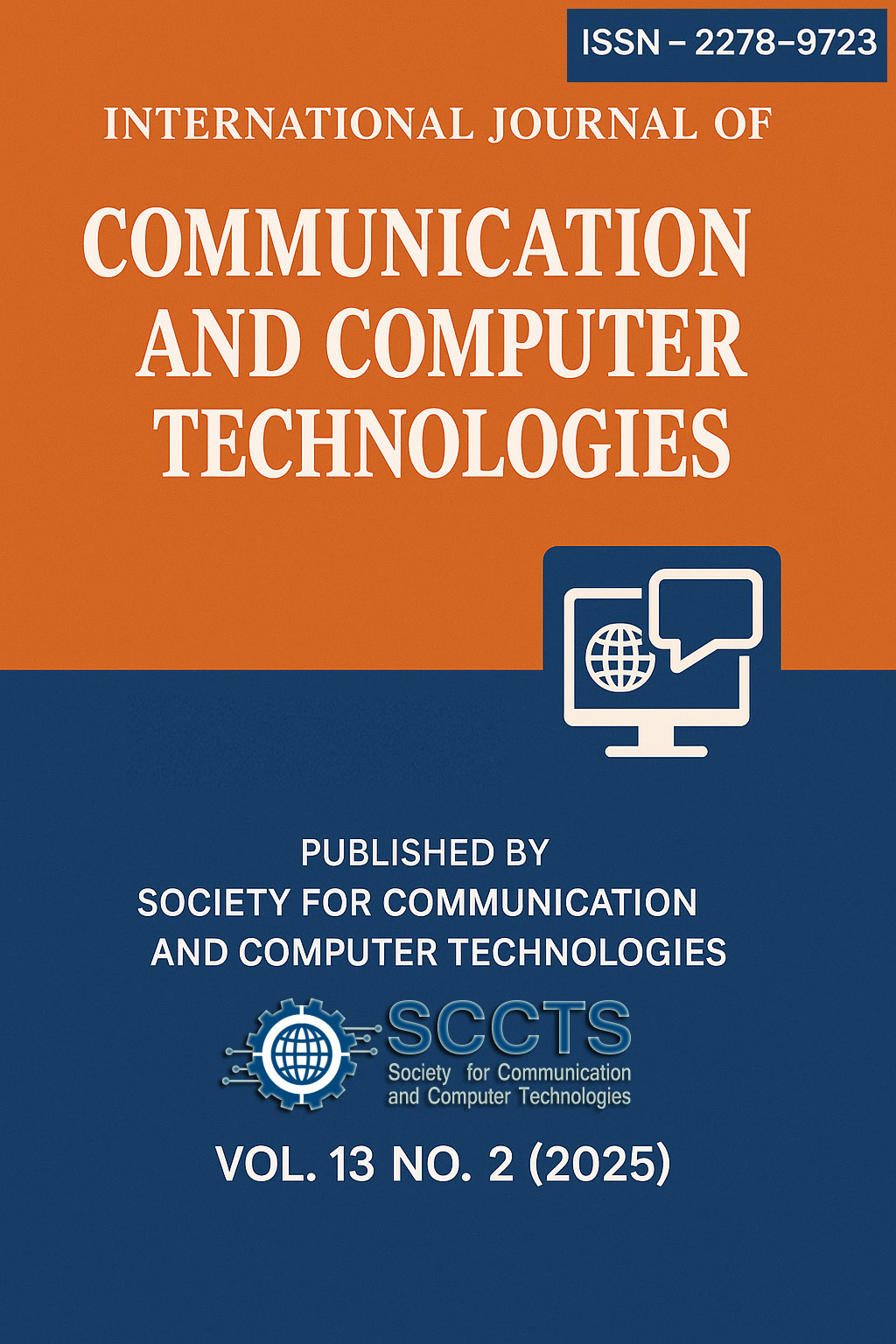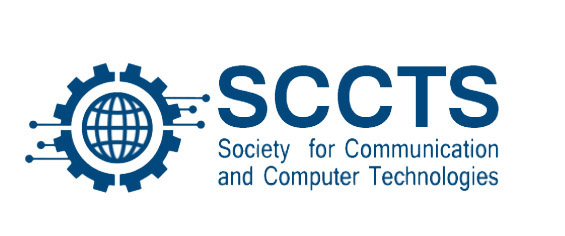Implementation of Lora based Autonomous Agriculture Robot
Keywords:
Agriculture, Autonomous, Robot, Lora, solar panelAbstract
Agriculture is the primary occupation in most of the developing country like India. In order to decrease the efforts of farmers, agricultural system should be facilitated with advanced techniques. Agriculture has obtained more awareness from researcher. Now a days, robotics in agriculture field with its performance is newly appearing technology. In this work, agriculture robot is specifically designed for seed sowing, grass cutting and pesticide spraying. There is necessary to upgrade the efficiency and agriculture products by put back laborers with intelligent machine-like robots. In recent years, due to the capability to execute agricultural tasks in systematic manner without human intervention, the use of robots in agriculture field has been increased rapidly. Here, it is presented about the design and development of agriculture robot which is simple in design and also a new technology called LORA is used for long distance communication in agriculture farming. So, that robot can operate using Lora which sends signal to robot for required mechanisms. Then efficiency of the operations like seed sowing, grass cutting and pesticide spraying will increase. It also decreases the problem occurred in manual planting. The main aim is to design a multipurpose agriculture robot that can run automatically and to increase the speed and accuracy of the work which also reduces manual work by mankind.
Downloads
Published
How to Cite
Issue
Section
License
Copyright (c) 2023 International Journal of communication and computer Technologies

This work is licensed under a Creative Commons Attribution-NonCommercial-ShareAlike 4.0 International License.




 The articles in Worldwide Medicine are open access articles licensed under the terms of the
The articles in Worldwide Medicine are open access articles licensed under the terms of the 